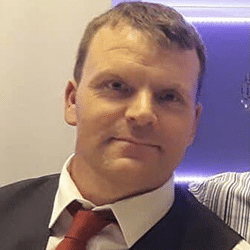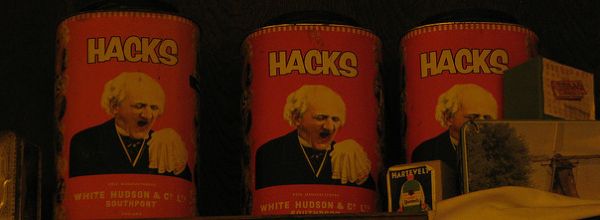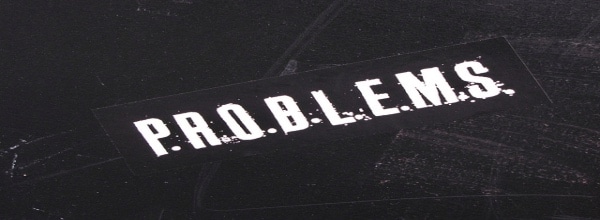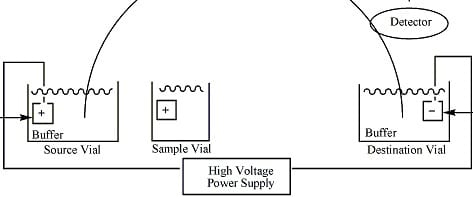In the previous installment of this series on western blotting, we addressed potential sources of error when your final product is completely bare. But alternatively, what do you do when too much background is the problem? You may have beautiful bands of interest—but if there is a bunch of non-specific binding, your quantification and data reliability will suffer.
Let’s go through some ways to sharpen up your blot, in order of relative importance.
Blocking
This is the most important step of the blot—if you don’t block the unoccupied sites on the membrane, the antibodies will bind directly to the membrane. If you’re having trouble with non-specific binding, consider:
- Increasing the blocking exposure time and/or temperature at which you block
- Using a higher the protein concentration in your buffer
- Adding 0.1% Tween to the buffer
- Comparing with a different blocking buffer entirely
Washing
The whole purpose of washing is to clear the membrane of non-specific, weak interactions that eventually result in background noise. Over-washing can diminish the signal of interest, but this isn’t your problem if you have high background noise. Consider one or a mix of the following:
- Opting for frequency (e.g. 5 rounds of 6 minutes instead of 3 rounds of 10)
- Increasing the speed/vigor of the shaker, or washing for a greater amount of time.
- Adding 0.1% Tween to your wash buffer.
Secondary Antibody and Imaging
Here’s where the signal is made—literally.
- Don’t exceed the recommended incubation times, both for secondary antibody and your imaging agent!
- Lower the concentration of your secondary antibody. 1:1000 dilution is pretty standard, but 1:5000 or even 1:10000 may be indicated.
- Test the membrane (and substrate)—add your imaging substrate to an empty, non-treated membrane to ensure you get no signal when there is no secondary bound.
- Experiment with different imaging protocols and contrast settings to find which can produce a clean signal with minimal exposure time. If you are using film, you may consider switching to an imager.
Primary Antibody
Too much, too little… just right?
- Find the optimal concentration with a titration blot—using too much primary can lead to extraneous binding, and too little can lead to problems with no signal at all.
- The primary antibody may just be of lower quality for your purposes, and another company’s (using a different epitope or purification method) may work better.
Sample and Gel Preparation
Samples that are too concentrated or are poorly denatured will not separate cleanly—this is important for the appearance of crisp bands.
- Consider lowering the sample protein concentration
- If this is not an option (due to a low abundance protein), be sure that you have an appropriate gel size
- Try heating longer during prep or using different denaturing and/or reducing agents
Closing Considerations to Decrease Non-Specific Binding
When fine-tuning a protocol for a specific protein or antibody, it’s best to change only one thing at a time to isolate the problem. The list above is in order of importance, in order of likeliness to improve your blot immediately—start at the top and work down!
One last note: while background signal everywhere is a problem, non-specific bands are not always a mistake, especially if the same band is found consistently. If the right epitope is present, the primary antibody will bind—this may mean your protein has been covalently modified or digested by an innate protease (don’t forget your inhibitors), or it could be an alternatively spliced relative.
Until next time…
Hopefully, this article gave you some ideas that you can use when tweaking your western protocol.
In the next installment of this series, we’ll troubleshoot weird patterns, whether on your blot or total protein stain.







